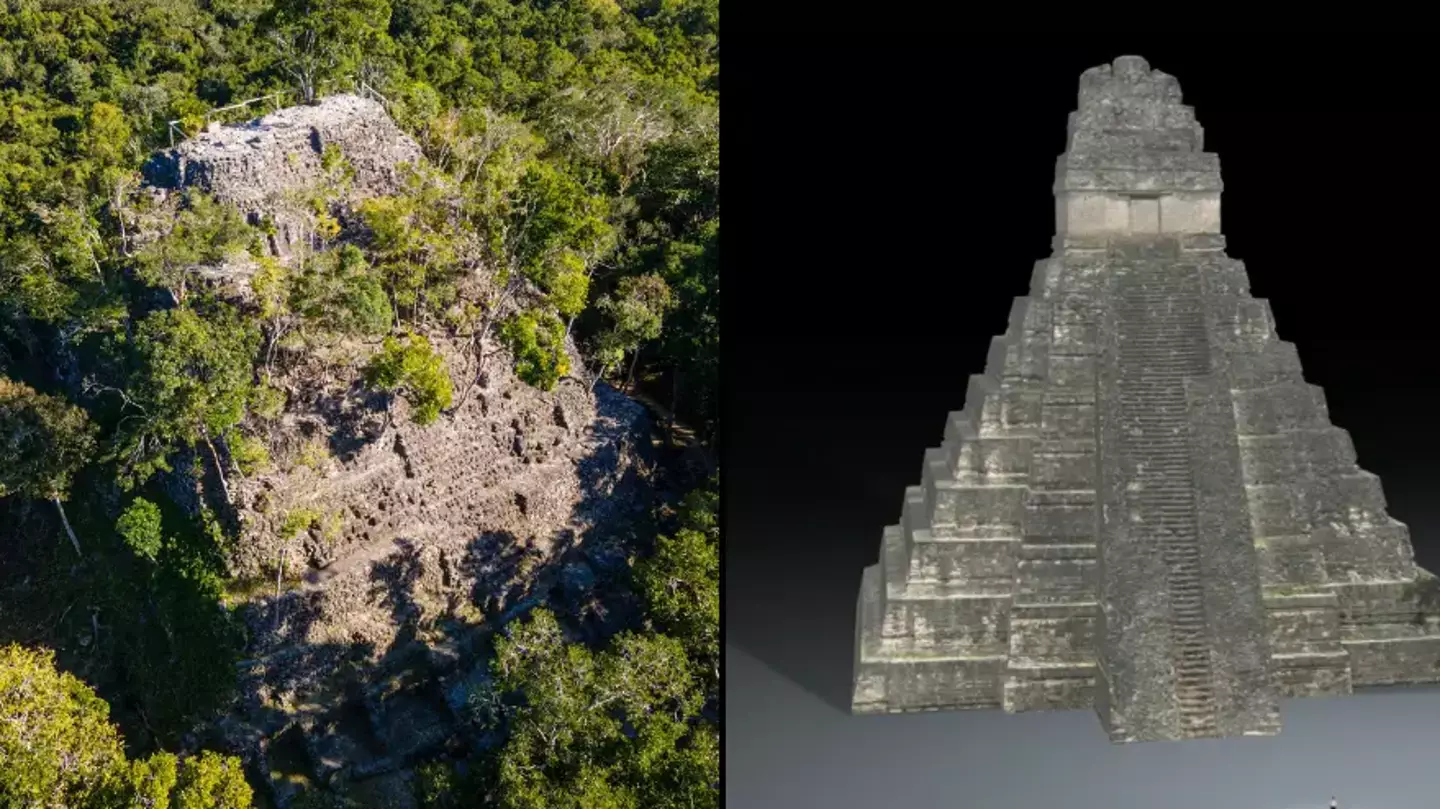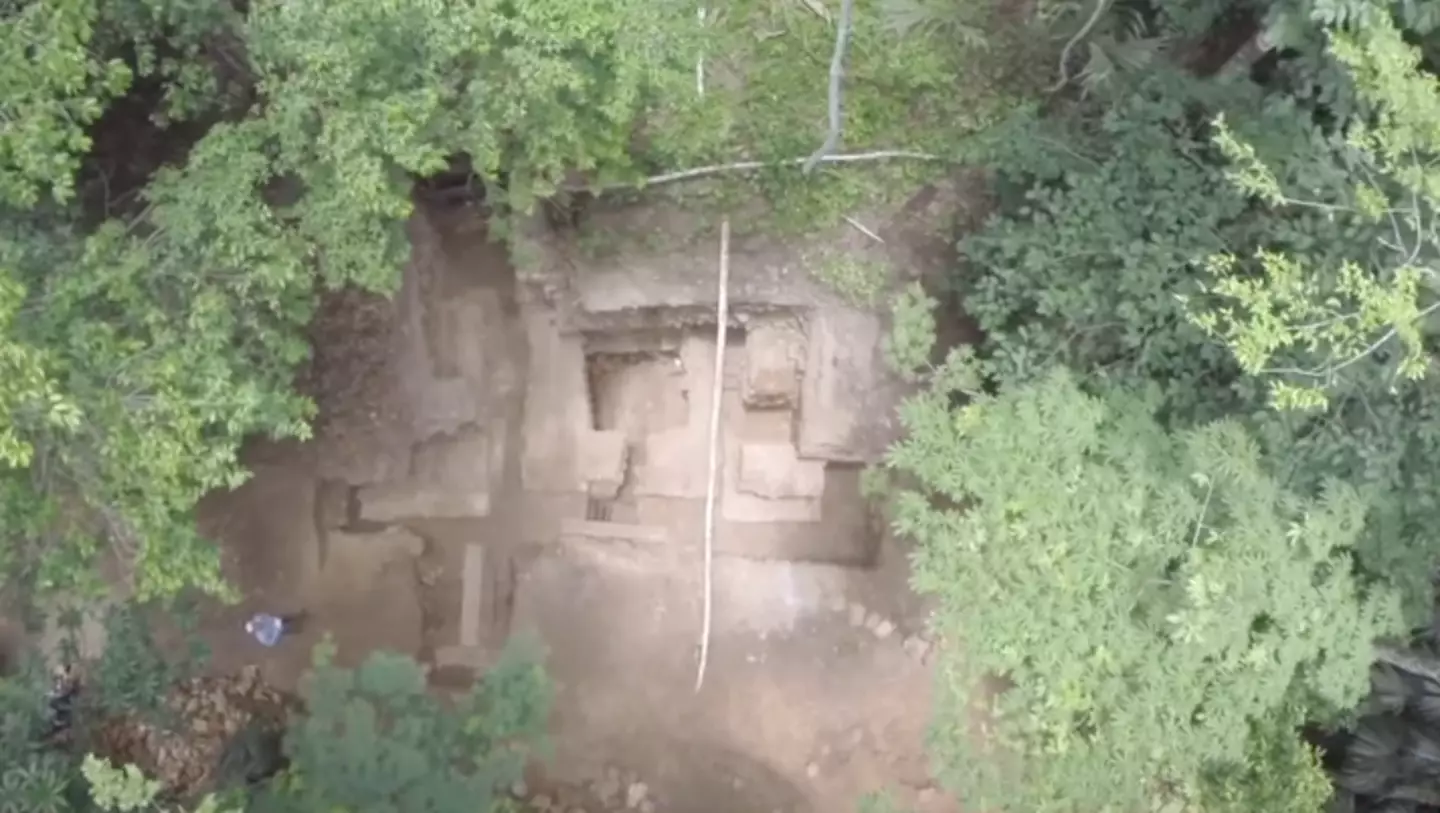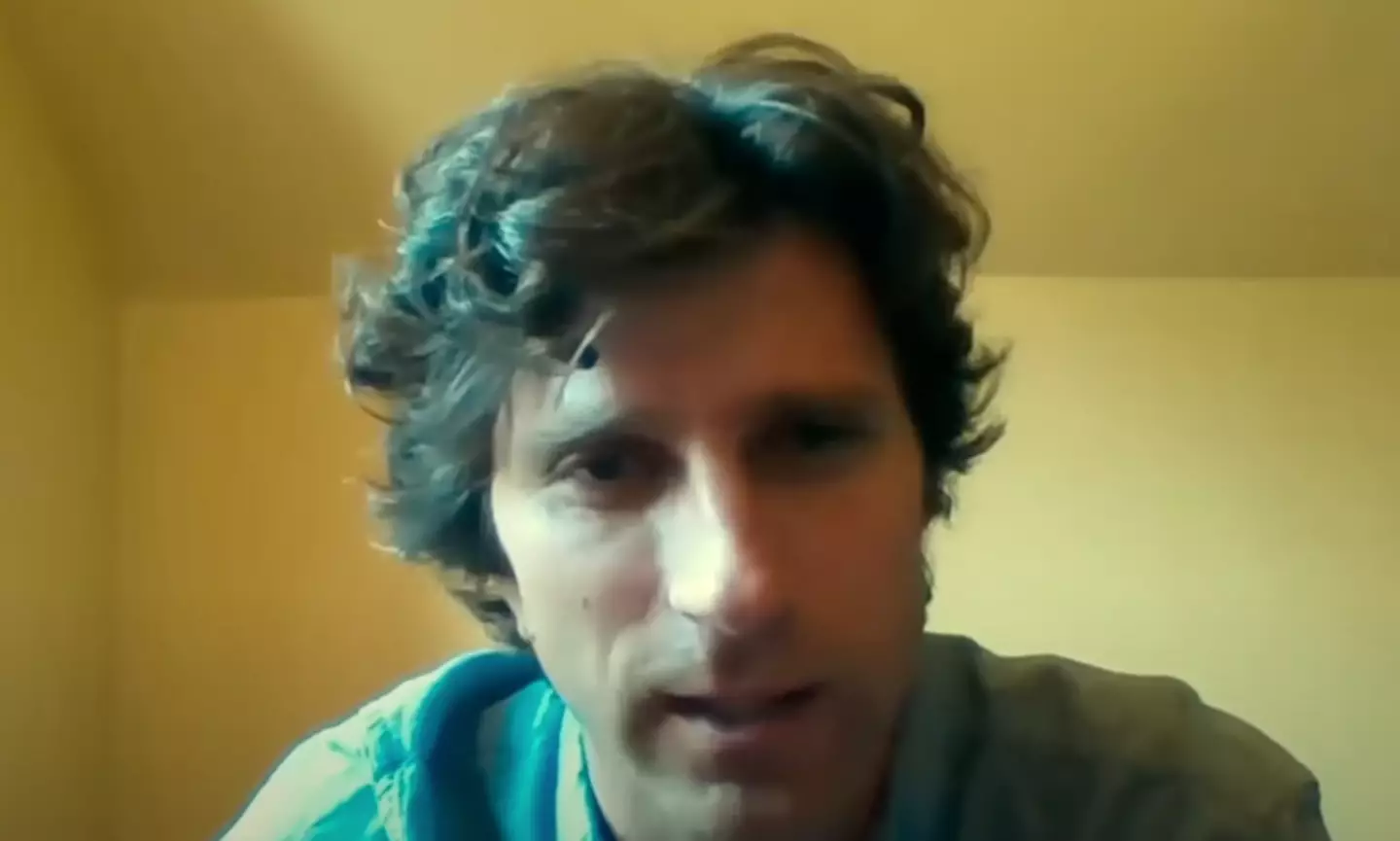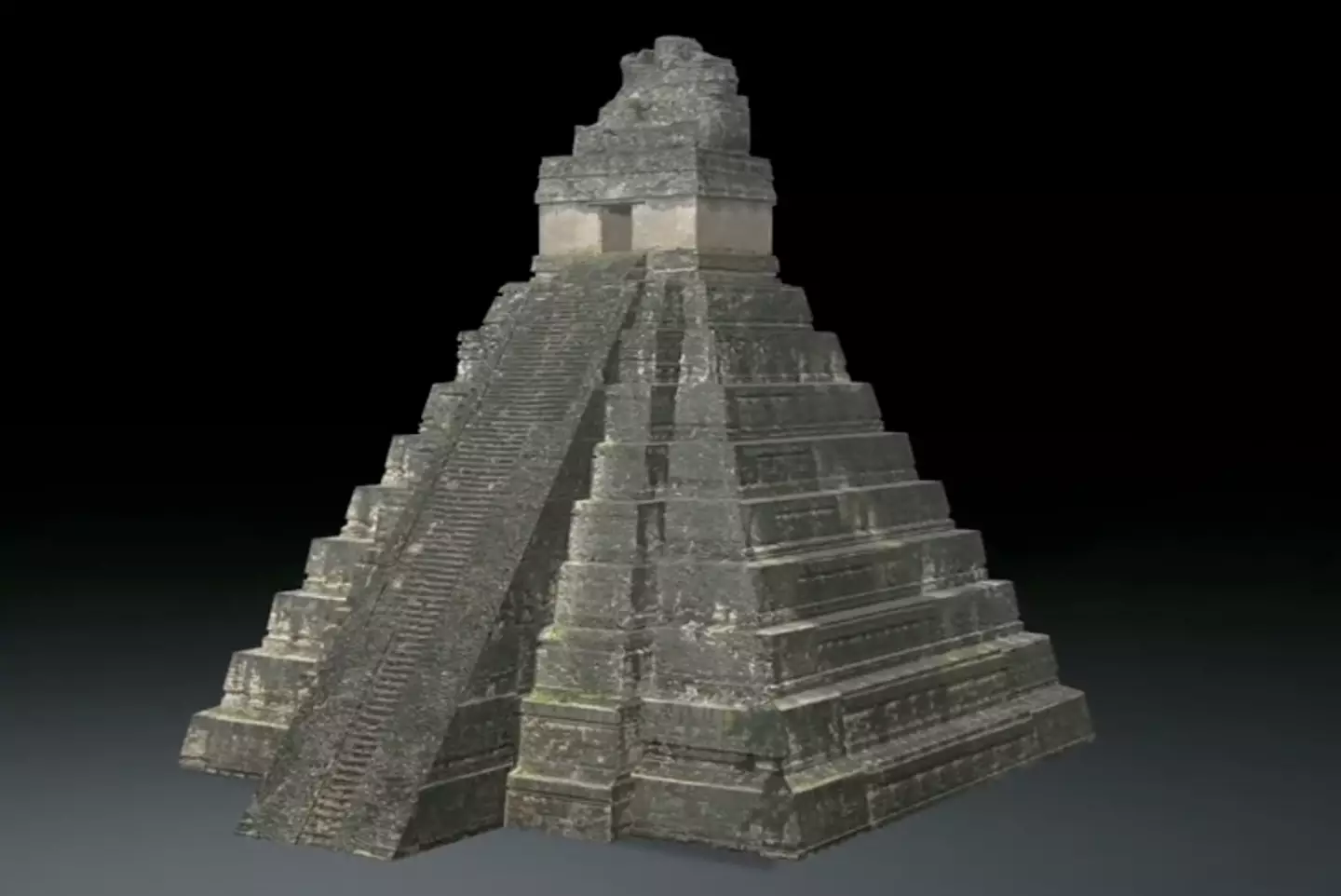
Published 15:27 29 Oct 2024 GMT
Student makes centuries-long discovery completely ‘by accident’ that could lead to major change to world
The PhD student at Tulane University in the US discovered ‘Valeriana’ by accident
A university student managed to make a centuries-long discovery, completely ‘by accident’.
Luke Auld-Thomas, a PhD student at Tulane University in the US, was out in the southeastern state of Campeche, Mexico, after his recent browse on Google.
The archaeologist told the BBC: “I was on something like page 16 of Google search and found a laser survey done by a Mexican organisation for environmental monitoring.”

Laser survey lidar was used to discover the area (YouTube/BBC News)
The lidar survey he is referring to happens to be a remote sensing technique which fires across laser pulses from an aircraft. This helps map and identify objects that are buried below the ground.
After processing the data, he accidentally came across a massive ancient city in a survey area the size of Edinburgh.
READ MORE:
SCIENTISTS FINALLY SOLVED THE MYSTERY OF WHY THE MAYANS VANISHED
ANCIENT MAYAN CITY DISCOVERED IN JUNGLE
The hidden area was believed to be a huge Maya city, belonging to the civilisation that faded 3,000 years ago.
Mayans were known for their distinctive temples and cities, which stood for centuries.
But due to war and disease, most of the ancient city, belonging to 30-50,000 people at its peak, faded away.

Luke Auld-Thomas, a PhD student at Tulane University in the US, made the discovery (YouTube/BBC News)
‘Valeriana’ is the name the group of archaeologists have given to the hidden city, though to habitable from 750 to 850 AD.
It’s the second largest Maya site in ancient Latin America to Calakmul, which is around 62 miles away.
Sadly, there are no pictures of the once lived-in city, but estimates suggest that it was around 16.6 sq km, with pyramids, sports fields and houses.
“It’s suggesting that the landscape was just completely full of people at the onset of drought conditions and it didn’t have a lot of flexibility left,” Auld-Thomas said.
“I’ve got to go to Valeriana at some point. It’s so close to the road, how could you not? But I can’t say we will do a project there.

Here’s what one of the Mayan pyramids may have looked like back in the day (YouTube/BBC News)
“One of the downsides of discovering lots of new Maya cities in the era of Lidar is that there are more of them than we can ever hope to study.
“And so maybe the entire system basically unravelled as people moved farther away.”
Professor Elizabeth Graham, from University College London, was not involved in the research but added: “The point is that the landscape is definitely settled – that is, settled in the past – and not, as it appears to the naked eye, uninhabited or ‘wild’.”
The full study is published in the academic journal Antiquity.Featured Image Credit: CARLOS ALONZO/AFP via Getty Images/BBC